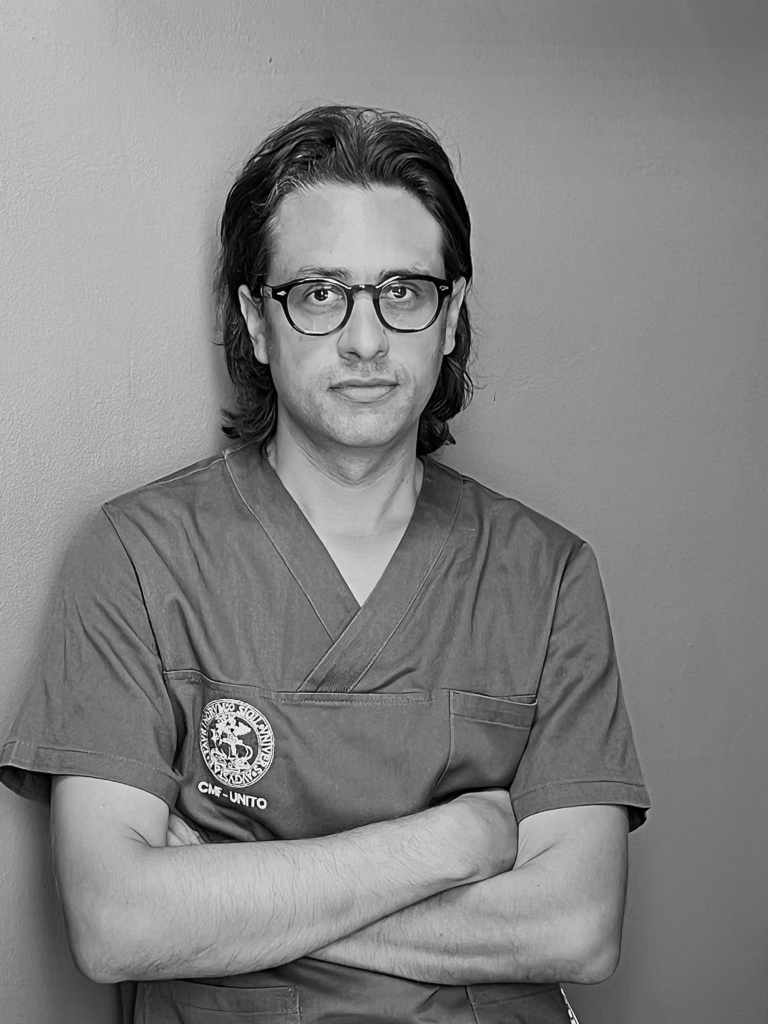Medical doctors and Surgeons
Maxillofacial surgery: between anatomy and technology
Doctor Emanuele Zavattero, maxillofacial surgeon at the City of Health and Science Hospital in Turin, the Molinette garrison, the Regina Margherita Hospital and the CTO, tells how maxillofacial surgery is a combination between technology, operating techniques and experience.
Maxillofacial surgery: traumatology and malformations

Maxillofacial surgery is a relatively young specialty, but very rich in content. It includes many specialties that deal with the head and neck district, such as trauma surgery and malformative surgery. The latter, more commonly, is called orthognathic surgery and is intended to bring harmony in the proportions of the face and correct both functional and aesthetic problems. In particular, this discipline is called morphological surgery, because it is not only a cosmetic or functional surgery but is a morphological correction of the face.
Traumatology is the main activity of maxillofacial surgeons. At Molinette, it is used for isolated facial trauma, while the CTO, within the trauma team, for politrauma.
Maxillofacial surgery of medium and high complexity is a type of surgery that, thanks to the technology and the improvement of the operating techniques, becomes less invasive and less painful. The complications that can occur are perioperative such as bleeding, or infectious. Another consequence of the surgery may be facial edema. The purpose of the surgeon, in post-operative, is to try to reduce it. In the longer term, however, it is necessary to deal with scars. The face is a very aesthetic area, so their treatment and improvement is crucial for the patient to perceive them as almost invisible.
Intraoperative navigation: a Piedmontese excellence
The use of intraoperative navigation is an integral part of the work of maxillofacial surgeons. The Hospital of Turin was one of the first centers in Italy to have a navigator dedicated to this specialty. This surgical device works exactly like a car navigator with a GPS-like tracking system.
It allows, as far as surgery is concerned, to plan and simulate a full surgery or some parts, and to visualize on a screen the position of the surgical instruments according to the anatomy of the patient in real time. Surgeons have shown, through published scientific studies, that intraoperative navigation, like other technologies, can reduce the gap between an experienced and a less experienced surgeon. So this method is aimed at both the protection of the patient and the surgeon, and is also a tool that allows the increase of the patient’s safety and the predictability of the operation.
However, technology is not enough to prepare a surgeon. It allows simulations quite close to reality, but it also takes anatomical preparation and an instructor who can convey their own experience. The surgeon’s profession requires continuous training and constant updating. For this reason, the aim is to combine a course on anatomical preparation, the transmission of experience and technology.




































